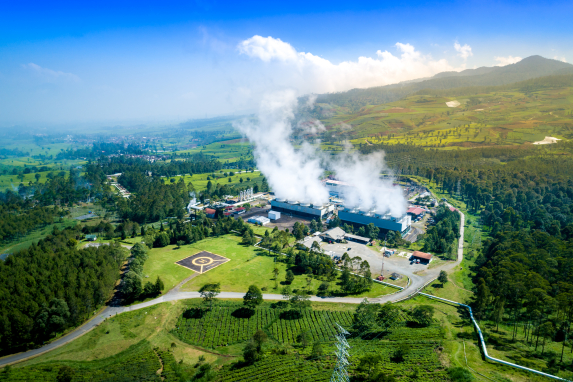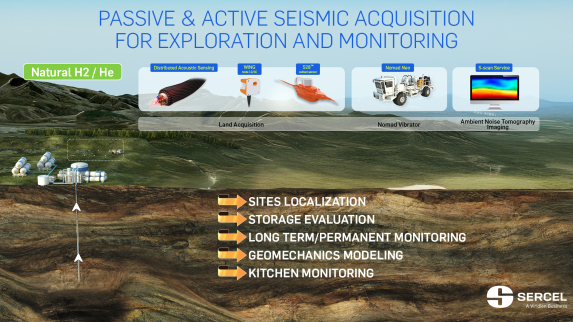Industrial Challenges and Technological Maturity
The use of natural hydrogen, often referred to as white hydrogen, represents a strategic opportunity for the energy industry. With increasing pressure to reduce greenhouse gas emissions, natural hydrogen is emerging as a renewable energy source and a key vector in the energy transition. However, while green hydrogen, produced by electrolysis of water, and gray hydrogen, derived from hydrocarbons, are already integrated into certain value chains, natural hydrogen - found in its pure state in the Earth's crust - is still at an exploratory stage.
The oil and gas industry, with its expertise in exploration and drilling, is beginning to show interest in this resource. However, the technological maturity for its extraction and storage remains low. Current infrastructure must be adapted to handle a highly diffuse and light gas, which poses a major challenge to large-scale commercialization.

Exploring Natural Hydrogen: An Innovative Approach

The exploration of natural hydrogen is based on techniques inspired by the oil and gas industry, with specific adaptations. Among the methods used, seismic exploration plays a key role in locating underground hydrogen reservoirs.
Reflection seismology is one of the main techniques used to map geological structures that may contain hydrogen. It involves sending seismic waves into the subsurface and analyzing the reflections of these waves to identify rock formations and possible hydrogen accumulations. Unlike hydrocarbons, however, hydrogen is a much lighter and more mobile molecule, making its identification and capture more complex.
A major advancement in this exploration is the use of three-component (3C) seismic sensors. These sensors can record seismic waves along three axes (vertical, north-south, and east-west), providing better resolution of underground structures. With this technology, it is possible to better differentiate hydrogen reservoirs from other geological formations and to more precisely detect faults or natural traps that facilitate the accumulation of this gas. Improving the quality of seismic data with 3C sensors is essential to optimize drilling operations and minimize exploration risks.
The Challenges of Exploration and Production
The use of natural hydrogen presents several challenges. First, accurate detection of reserves is a major issue. Geophysical tools must be adjusted to differentiate hydrogen from other natural gases present in the subsurface.
Second, the extraction process itself requires the development of technologies that allow hydrogen to be recovered without releasing it into the atmosphere. Unlike liquid hydrocarbons, hydrogen is more prone to leakage, requiring specialized infrastructure and advanced sealing techniques.
Another challenge is assessing the sustainability of reserves. Geological studies must determine whether natural hydrogen flows are sufficiently renewable to ensure long-term sustainable use.

CONCLUSION

Seismic exploration for natural hydrogen is a rapidly growing field that could play a critical role in the future energy landscape. Further technological and scientific advances are needed to optimize its exploitation, but its gradual integration into the global energy mix could be a decisive step towards a more sustainable future.
Sercel's expertise in seismic exploration is essential to be efficient.
For example, the company Mantle8 is using Sercel's DFU 3C to explore, develop and test technological solutions to unlock scalable exploration at the upstream stage of the natural hydrogen industry.
